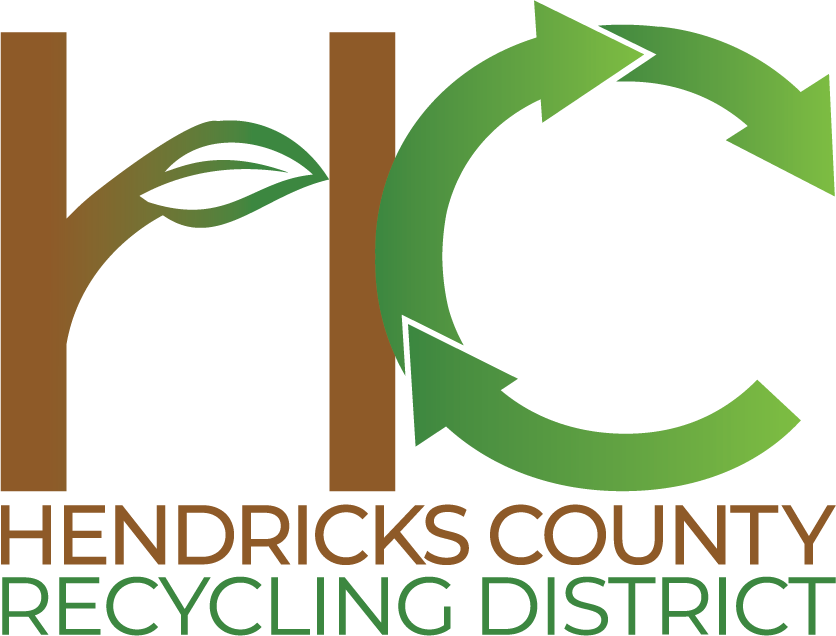|
Why Does It Matter? |
The exceptionally high temperatures and severe drought we have been experiencing this summer have been hard on our lawns, trees and landscaping plants. Although the dry weather has meant a break from mowing, you may be concerned about how to identify a dying plant from a plant that is conserving energy and going dormant. Nobody likes the looks of a brown yard or wilted plants, but don’t despair. It might not be time to give up on your plants and trash them just yet.
Although we will likely experience some plant loss here in Indiana as a result of severe summer conditions, most plants will survive and those that don’t, can be recycled, composted or mulched.
What Should You Do?
Many plants naturally drop leaves or dry up on top of the ground to conserve energy and water below ground in the roots of the plant.
Here’s a quick guide to help you decide if your plant is in trouble or if you should simply wait and see:
· Trees: You may have noticed your trees dropping leaves. This is actually normal in drought conditions and not a sign that the tree is dying. If the trees leaves are turning brown and hanging on to the tree, there may be a problem…
· Native Landscape Plants: Native plants by nature are drought tolerant species. Plants like warm-season grasses and native flowers may be the only green things growing in your yard at this point as they will survive the toughest of drought conditions.
· Grass: If your lawn is a light brown color it is probably dormant and should bounce back once the rain returns. Grass that is grey in color has died. Purdue Turf Tips (purdueturftips.blogspot.com) suggests limiting traffic on stressed lawns and notes that many grass species are likely to survive the harsh temperatures and lack of rain.
Next Edition…
Next time, we’ll share more details about the District’s two Yard Waste Recycling Centers as well as information about Green-Cycle McCarty, a local organic recycler.
Dig Deeper.
What do you do if your plants have died? Compost, recycle or mulch them.
Dry plants makes great “browns” for the compost pile. Layer “brown” and “green” materials alternately, keep the pile moist and turn occasionally to produce compost for next year’s plants. You may have to rely on food waste for “green” materials. Dry materials can also be collected and used as mulch for fall plantings.
You can also bring your yard waste to one of the Districts’ Yard Waste Recycling Centers located in Brownsburg or Plainfield, or you can visit Green-Cycle McCarty in Danville.
For more information about plants and drought conditions, visit Purdue Extension Drought Information.

